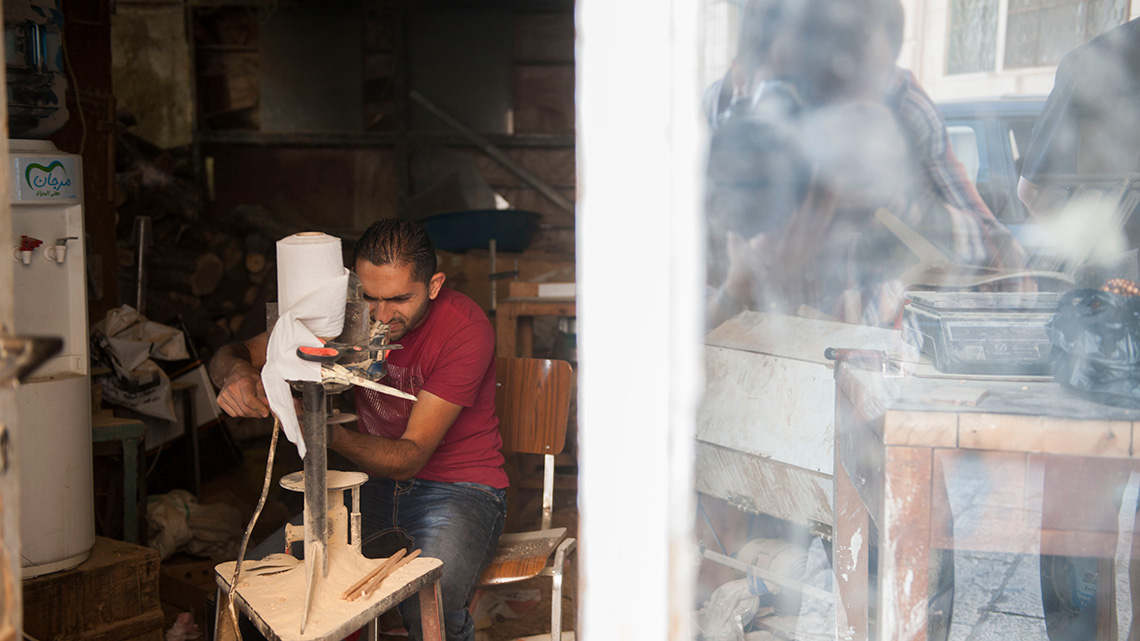In the Holy Land, rosary beads are traditionally crafted from the wood of olive trees.

October is the month of the Rosary and as such, it is appropriate to reflect on the many ways a Rosary can be made across the world and throughout different cultures.
The Holy Land is currently in the news with war waging throughout the Middle East. The Holy Land has a rich Christian heritage which extends to it’s production of the Rosary.
In the Holy Land, rosary beads are traditionally crafted from the wood of olive trees. The process begins by selecting high-quality branches from centuries-old olive trees, symbolising peace and endurance.
The wood is then dried and cut into small, uniform pieces, which are shaped into individual beads. Skilled artisans use simple hand tools or small machinery to drill holes through the beads. The beads are polished to a smooth finish, enhancing the natural grain and beauty of the olive wood. Once complete, they are strung together to form a rosary, sometimes adorned with a crucifix or religious medallion. Each rosary carries both spiritual significance and a connection to the Holy Land.
View the image slideshow below for a step-by-step visual guide on how the Rosary is created.